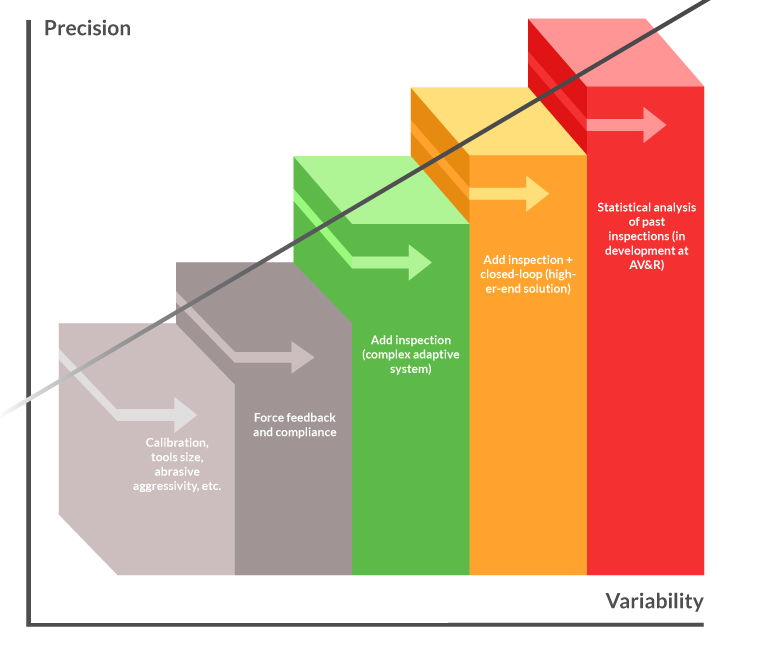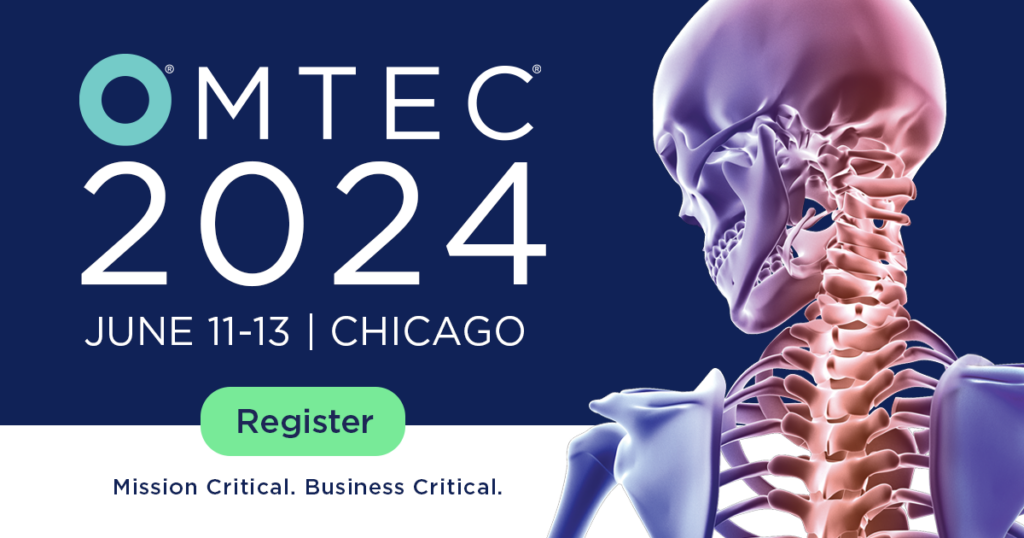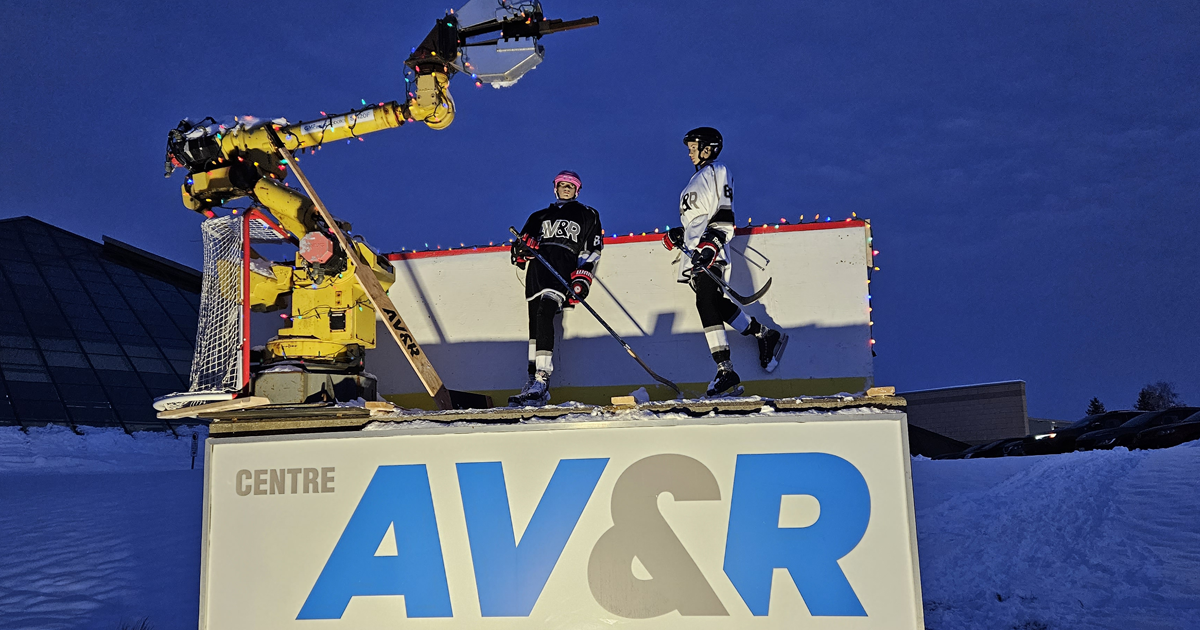Adaptive Technology Progression
As noted in the previous blog post, there are different levels of complexity in adaptive technology. For this reason, there are regularly misunderstandings related to this concept in the automation industry. Let’s demystify them!
Certain processes require adaptive basic solutions while others require more complex solutions. Normally, complex solutions are required when the automated system must adapt to several variations at the same time, while basic solutions are used when there are fewer variations sources.
Basic adaptive solutions
At a “simpler” level, in addition of calibration, tools size, abrasive aggressivity, there is what is known as force feedback and compliance. These two technologies are used in automated systems to compensate for the geometric variation of each part which need machining. Force feedback is a solution that adjusts the position of the robot according to the feedback of a force sensor, like the one of FANUC or ATI. Compliance, for its part, consists of a mechanical system applying force to the tool, in order to follow certain geometries of the part.
Even if a CAD (Computer Assisted Drawing) of the part is used before the start of the automated finishing process, the actual part shape is different. That is why these two solutions are valuable.
What a complex adaptive solution includes?
When a more efficient adaptive solution is required, it is often necessary to combine several adaptive technologies. For example, measuring and analyzing critical features of the part in order to calculate the finishing parameters in real time. It is then necessary to use the force feedback or the compliance to compensate for the geometrical variations of the part or the robot’s inaccuracy. The addition of inspection, for its part, makes it possible to adapt the quantity of material removed according to the needs of each part. If we make the analogy with an operator, hands are the compliance or force feedback, eyes are the inspection system and artificial intelligence algorithms are the brain.
Higher-end solution
To further increase the level of complexity, there is the closed-loop option. This higher-end solution offers an added level of precision. More specifically, at the end of the adaptive finishing process (to see the details of this process, refer to the previous article of our blog), the system validates its own work. The part is inspected to ensure that it is within the required tolerances. If the result is not acceptable, this is where the closed-loop option becomes interesting; it allows the system to rework the part, bringing it as close as possible to the imposed tolerances.
By combining the closed-loop option with adaptive technology, we now have a complex, high-caliber automated adaptive solution that is capable of measuring and adapting its process in real time.
MRO market’s reality
In the MRO (Maintenance Repair and Overhaul) aerospace market, the use of closed-loop is mandatory to achieve the required tight tolerances. This time, let’s apply this method to the weld blending process of a used blade. This process is used to remove excess material on the part. With an accuracy of 5 to 10 microns to achieve, it is imperative to have a highly accurate and adaptive process to successfully accomplish this task. Closed-loop technology and adaptive technology are both essentials for this market. This complex adaptive technology is innovative and a breakthrough in the MRO industry. For an overview of an automated adaptive system used in the engine’s maintenance repair and overhaul market, view this video.
One step further
To further advance adaptive technology, there is a new concept in development that involves analyzing the statistics of a large batch of parts that have already been inspected. This technological advance will serve to establish a correlation between all the data of these parts and make it possible to refine the machining parameters in order to further increase the quality of the parts. This could also quickly allow identifying a production error that is repeated in a batch. By doing so, it becomes possible to instantly report it and save costs by stopping a wrong production.
What to expect next…
The tolerances refinement is a concept well-known for the main aerospace manufacturers. This new reality directly impacts the automation industry. Our next blog will present its consequences.








